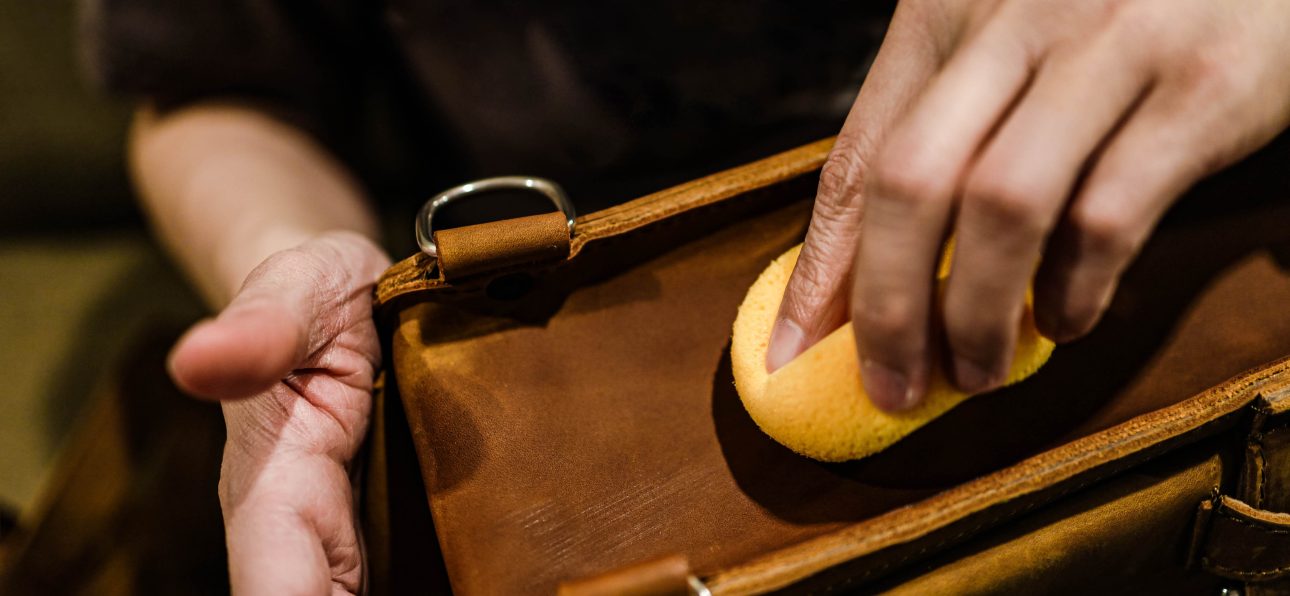Introduction
In a world driven by mass production and automated technologies, there’s a timeless charm in the artisanal creations that bear the mark of human hands. Moroccan leather, handcrafted with love and precision, is a prime example of this exquisite craftsmanship. Join us on a journey through the intricate world of Moroccan handmade goods, where tradition and innovation entwine to create stunning pieces that capture the heart and soul of Morocco.
Table of Contents
- A Glimpse into Moroccan Heritage
- The Art of Leather Crafting
- Materials: From Nature to Art
- Techniques Passed Down Through Generations
- The Role of the Artisan: Heart and Hands
- Innovation Meets Tradition: Modern Leathercraft
- Exploring Moroccan Leather Products
- The Global Appeal of Moroccan Handmade Goods
- Caring for Your Moroccan Leather
- Where to Find Authentic Moroccan Handmade Goods
- Conclusion: A Tapestry of Tradition and Innovation
- FAQs: Delving Deeper into Moroccan Handmade Goods
1. A Glimpse into Moroccan Heritage
Morocco, a land of breathtaking landscapes and diverse cultures, has a rich heritage of craftsmanship that dates back centuries. The roots of Moroccan handmade goods lie deep in this history, where leatherwork holds a special place. It’s a testament to the country’s tradition and skill.
2. The Art of Leather Crafting
Leather crafting is an art that demands precision and patience. Moroccan artisans have mastered this craft, creating everything from bags and shoes to intricate pieces of furniture. The process is a labor of love that transforms raw leather into works of art.
3. Materials: From Nature to Art
Moroccan leather artisans source their materials from nature. They use vegetable-tanned leather, which is environmentally friendly and lends a unique character to each piece. This material, combined with natural dyes, creates a vibrant and eco-friendly product.
4. Techniques Passed Down Through Generations
The techniques used in Moroccan leatherwork have been passed down through generations. From intricate embossing to dyeing methods, these artisans preserve traditional methods while infusing them with contemporary elements.
5. The Role of the Artisan: Heart and Hands
Moroccan artisans are the heart and soul of this craft. With skilled hands and passionate hearts, they breathe life into every piece they create. Their dedication ensures that each product is a masterpiece.
6. Innovation Meets Tradition: Modern Leathercraft
While tradition forms the core of Moroccan leather crafting, innovation has also found its place. Modern tools and techniques complement age-old methods, creating a fusion that is both timeless and contemporary.
7. Exploring Moroccan Leather Products
From intricately designed bags and belts to exquisitely detailed footwear, Moroccan leather products cater to a wide range of tastes and preferences. Each piece tells a story of craftsmanship and dedication.
8. The Global Appeal of Moroccan Handmade Goods
The allure of Moroccan handmade goods extends far beyond its borders. Its unique blend of tradition and innovation has captivated the global audience, finding its place in homes and fashion runways around the world.
9. Caring for Your Moroccan Leather
To ensure the longevity of your Moroccan leather products, it’s essential to understand how to care for them. Simple steps can keep these works of art looking fresh and beautiful for years to come.
10. Where to Find Authentic Moroccan Handmade Goods
If you’re intrigued by the world of Moroccan handmade goods and wish to make a purchase, we’ve got you covered. Discover the best places to find authentic Moroccan leather products.
Conclusion: A Tapestry of Tradition and Innovation
In the heart of Morocco, tradition and innovation have woven a tapestry of artistic mastery. The age-old craft of Moroccan leatherwork remains a symbol of the country’s heritage, while embracing modernity to create products that are cherished worldwide. Handcrafted Moroccan leather is a testament to the enduring allure of artistry, culture, and the human touch.
FAQs: Delving Deeper into Moroccan Handmade Goods
1. What makes Moroccan leather unique? Moroccan leather is unique due to its use of vegetable-tanned leather, natural dyes, and traditional crafting techniques that have been passed down through generations. This creates products with a one-of-a-kind character and eco-friendly appeal.
2. Are Moroccan handmade goods expensive? The pricing of Moroccan handmade goods varies depending on factors like craftsmanship, materials, and design intricacy. While some pieces may be on the higher end, there are affordable options available, making it accessible to a wide range of budgets.
3. How can I identify authentic Moroccan handmade goods? Authentic Moroccan handmade goods bear the mark of skilled craftsmanship. Look for intricate details, fine stitching, and the use of natural dyes. Additionally, purchase from reputable sellers and sources known for their authenticity.
4. Can I customize my Moroccan leather product? Many Moroccan artisans offer customization options. You can work with them to choose specific colors, designs, and sizes, creating a personalized piece that suits your preferences.
5. Is Moroccan leather sustainable and eco-friendly? Yes, Moroccan leather is often made using eco-friendly, vegetable-tanned leather and natural dyes. These materials are biodegradable and minimize harm to the environment, making Moroccan leather a sustainable choice.
Handcrafted Moroccan leather is a testament to the enduring allure of artistry, culture, and the human touch. Its unique blend of tradition and innovation continues to capture the hearts and minds of people around the world. Whether you’re a connoisseur of fine leather goods or simply someone who appreciates the beauty of handcrafted art, Moroccan leather is sure to leave a lasting impression. So, why wait? Dive into the world of Moroccan handmade goods and experience the magic for yourself!
